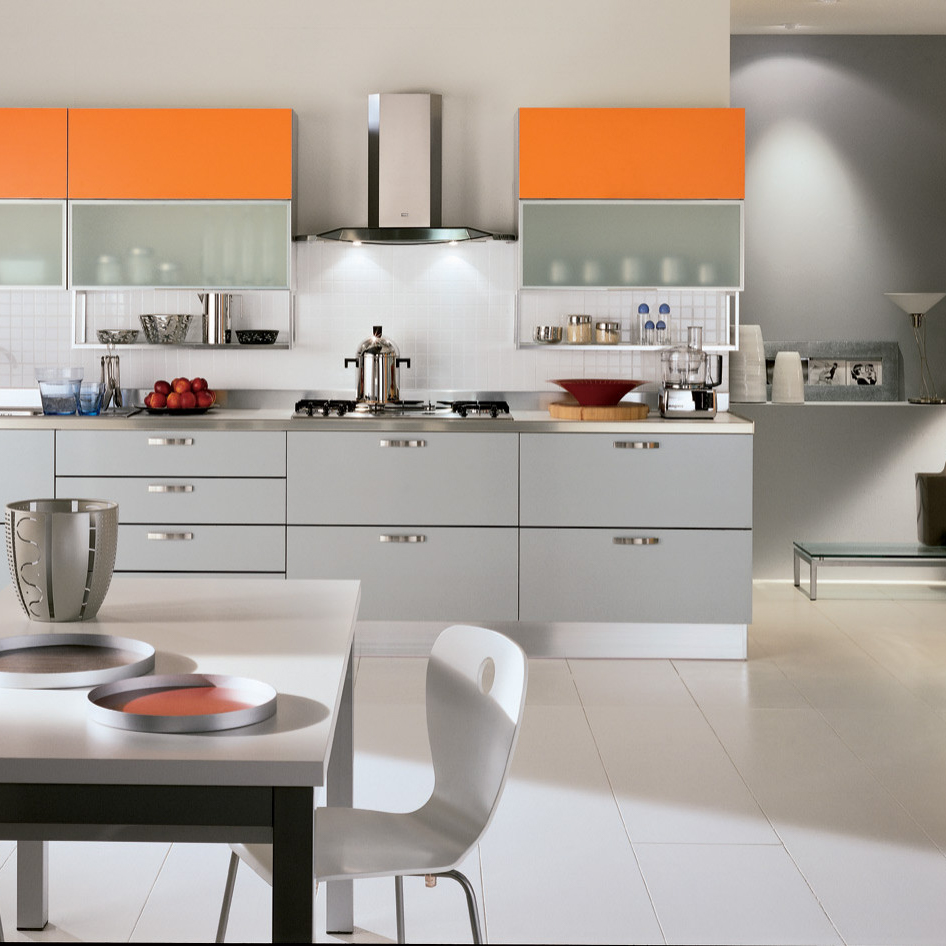Introduction
Scandi style, also known as Scandinavian design, is a design movement that originated in the Nordic countries of Sweden, Denmark, Norway, Iceland, and Finland. This style is characterized by its simplicity, functionality, and minimalism, which is achieved through the use of natural materials, clean lines, and muted colors. Scandi styles prioritize the concept of hygge, meaning comfort and coziness, while also emphasizing the importance of sustainable design and functionality within interior spaces.
The Origins of Scandi Style
Scandi style emerged in the 1950s and 1960s as a response to the industrialization of the Nordic countries, which created a need for affordable, functional, and accessible design solutions. This style offered a new approach to design, which prioritized the user experience and functionality over ornamental decoration. Notably, the characteristics of Scandi style were influenced by the cultural and environmental aspects of the Nordics. For example, natural materials like wood, wool, and linen were used in design because of the abundance of these materials in the region. Similarly, the muted color palette used in Scandi design was inspired by the natural landscapes of the region which include the white of snow, the green of forests and the blue of the water.
The Elements of Scandi Style
Scandi style is characterized by several key elements. One of these is the use of natural materials such as wood, wool, and linen. These materials add texture and warmth to a space while also emphasizing a connection to nature. Additionally, Scandi style is known for its clean lines and simplicity. The use of natural light is another element of Scandi style, and many spaces feature large windows and minimal window treatments to allow as much natural light into the space as possible. Finally, a muted color palette that consists of whites, grays, and muted blues and greens often dominates Scandi style design.
The Importance of Hygge in Scandi Style
At the heart of Scandi style design is the concept of hygge, which refers to the feeling of warmth and coziness that comes from being in a comfortable and inviting space. This concept is reflected in many aspects of Scandi style design, from the use of natural materials to the emphasis on natural light and warmth. Additionally, the layout of Scandi style spaces often prioritizes comfort and relaxation, with cozy seating areas and soft textiles.
Sustainable Design in Scandi Style
Sustainability is an important consideration in Scandi style design. Many designers in the region prioritize the use of sustainable materials and practices, such as using renewable energy sources and reducing waste. Additionally, many Scandi style designs emphasize functionality and longevity, with pieces that are designed to last for years rather than being disposable.
Examples of Scandi Style
There are many examples of Scandi style design in action. One notable example is the furniture design of Arne Jacobsen, who created iconic pieces such as the Egg Chair and the Swan Chair. Another example is the interior design of the Nordic hotel chain Scandic, which features functional spaces that are both stylish and comfortable.

